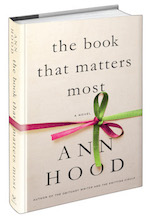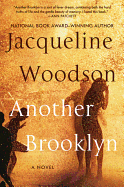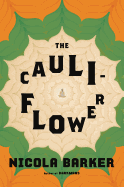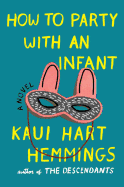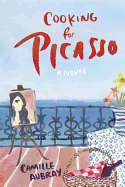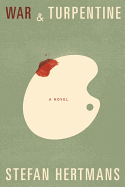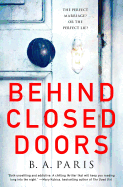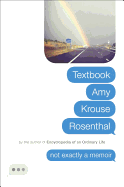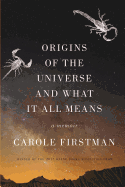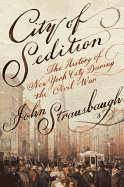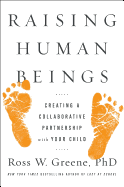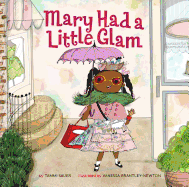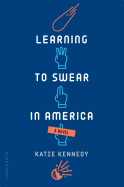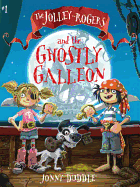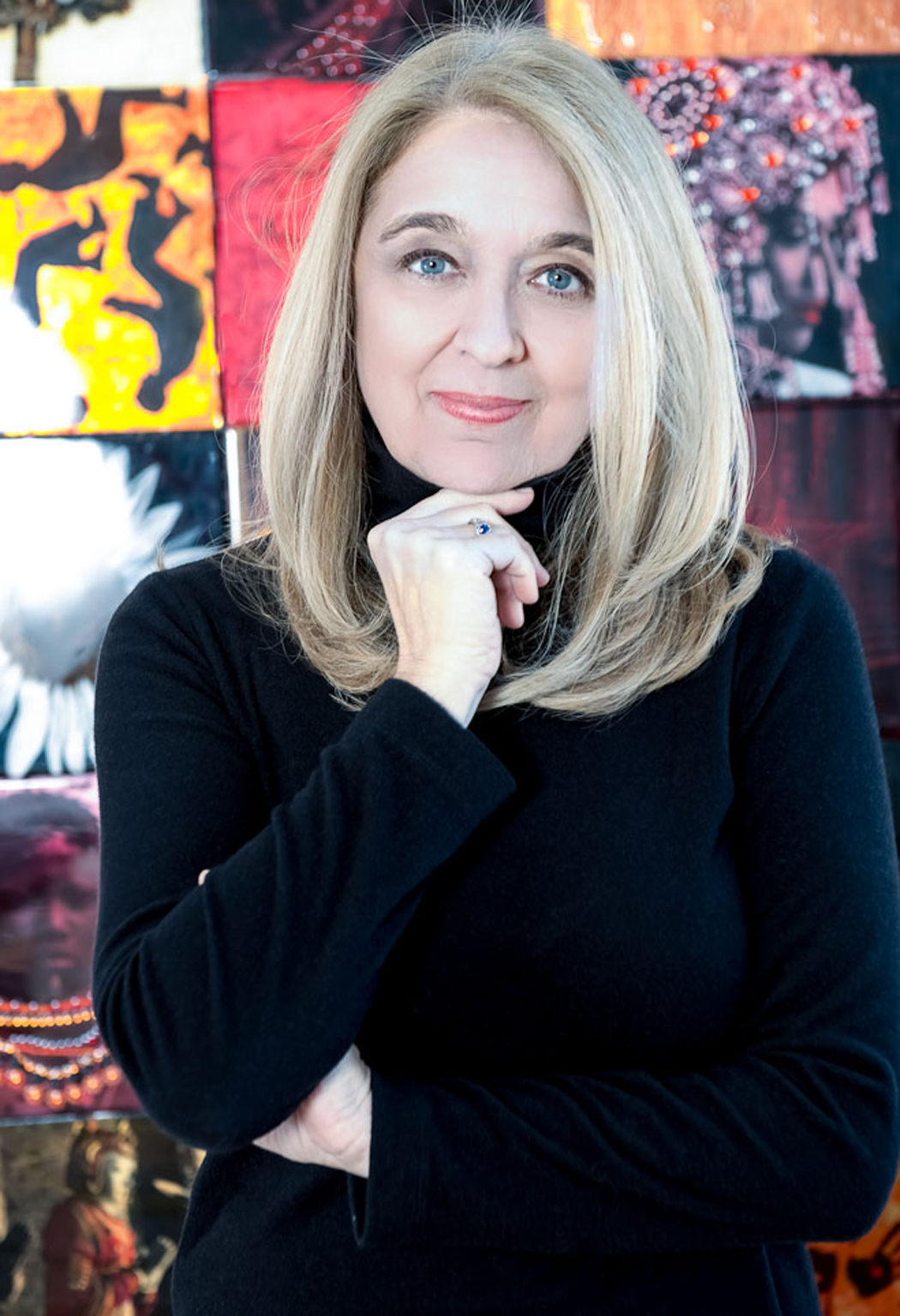 |
| photo: Catherine Sebastian |
Ann Hood is the author of several bestselling novels, including The Knitting Circle, The Obituary Writer and Somewhere Off the Coast of Maine, and a memoir, Comfort: A Journey Through Grief. Her newest novel, The Book That Matters Most (W.W. Norton), centers on the connections one woman makes with the world and with herself by joining a book club. Hood lives in Providence, R.I.
So much of The Book That Matters Most is about the power of books to shape us and change us. What brought you to that idea?
In 2002, I lost my five-year-old daughter suddenly to a virulent form of strep throat, and in the aftermath of that loss, I also lost my ability to read and write. I couldn't read a short story or a novel because I didn't have the brainpower to read the way that I always had, which was for entertainment and escape, but also, at many times in my life, for comfort.
A year later, when I could finally read again, it was like finding myself. I still remember the first book that I read after that year, The No. 1 Ladies' Detective Agency. It was the perfect novel to re-enter the world of books, because it has this great main character and a little mystery and a foreign setting, and it's very quirky and witty and not too taxing. And I remember thinking I would love to celebrate how that book made me feel. I wanted to celebrate literature and what it brings us.
Each of the members of Ava's book club picks one selection for the club to read based on the theme "The Book That Matters Most." How did you pick the books to be included in the club's discussions throughout the novel?
If you had the misfortune of coming to my house in the last five years, you were asked the question, "What book matters most to you?" I had imagined that I'd wind up with this elaborate notebook full of great ideas, but I ended up with a list of about 25 books that repeated all the time with almost no surprises.
Of this list of 25 books, I'd read most of them (though I hadn't read Atlas Shrugged or The Alchemist). So I re-read, or read for the first time, all of these books, and then plotted out my novel and chose the nine that seemed to best fit the plot and theme of my protagonist. For example, when the club reads The Catcher in the Rye, Ava is at a point where she is very worried about her daughter. Salinger's book helps her understand some of her daughter's feelings about growing up and what made her the kind of kid she is. It was a fun jigsaw puzzle to make all those pieces work.
This novel moves among many different perspectives; did you envision that approach from the outset or did it evolve organically over time?
I always write in multiple points of view. I've only written one novel that was a single point of view--and it was really just to prove to myself that I could. But I didn't want this book to be ripping off my own idea from The Knitting Circle, in which every member of the circle had their own point of view. I had to pull back a little on that. I wanted the stories of the book club members instead to emerge through Ava. That was a deliberate choice, though it was tricky to do at times.
When I first wrote it, my plan was to have three point-of-view characters: Ava, her daughter, Maggie, and her son, Will. Pretty much every early reader I had really hated the Will chapters. They were boring. But to me Will's role was very important, especially as a conduit between Maggie and her mother, and as evidence that Ava had not been a bad mother. My editor actually pointed out that Will could still play that role in the e-mails that he sent to his sister. I re-wrote the story so that those e-mails and Maggie's text messages are embedded into the chapters of Ava and Maggie's point of view.
You have traveled extensively in your life, yet set this book in Providence, where you now live. What made you decide on the setting?
I had this instinct to have Ava live in a different city. But when I tried different things, I came back to Providence. I don't know Boston that well. I know New York, but if you put a character in New York, it changes that character; it's such a unique urban environment. It proved more natural to use Providence. I know they say they say write what you know, and that can be very bad advice, but I think for setting, it can work well.
I wanted Maggie somewhere far enough away that her mom couldn't easily check on her. As an art history student, it became somewhat logical plot-wise to have her go to Florence, where so many kids go for that year abroad, and then have her go off to Paris. Two or three years ago, my family actually spent a few weeks in the apartment that Maggie stays in in Paris. I was so taken with that apartment, and that street, and that neighborhood, that I absorbed the details of that place and it was very easy to write Maggie there.
Ava's grief over the end of her marriage seems tied up in her continued grief over her childhood loss of her sister and mother. Do you believe new grief is always woven together with past grief?
I remember when I went to my grief counselor for the first time after my daughter's death and she had me fill out this very long form with all of these pages: How many pets have you lost? How many jobs have you lost? How many times have you had to move? There were so many questions. I asked her about that. And she said that a profound loss triggers other losses. And the opposite is true. A seemingly lesser loss--thought there is really no scale to these things--can trigger our memories of a greater loss. There's an emotional and psychological trigger that connects our losses.
What is the book that matters most to you?
The easy answer is two-fold. Little Women, because it was the first book I read when I really understood so many things about books: the power of characters, the power of stories, emotional arcs. It was my first experience with a true novel. And it was the first time I read a book where I wanted to be one of the characters (I wanted to be Jo March, like every writer). It gave me all the things a novel can give. That was a turning point for me.
As an adult, it would be The Great Gatsby--which was number one in my polling of the book that matters most (followed closely by To Kill a Mockingbird). I think it's because it was the book that made me fall in love with writing, with how things are said, with symbolism, with all the things that writers have to do.
Those are the two I will say over and over, but honestly, the book that matters most changes constantly, because at different times in your life, you find the book you need to find. It helps you through something. It helps you understand something. --Kerry McHugh
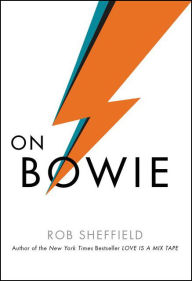 Five months after the Starman made his final ascent, Rob Sheffield (Turn Around Bright Eyes) published On Bowie (Dey Street, $19), a devotee's-eye retrospective of the artist and his influence. "When I was in my early twenties, I assumed my Bowie fandom was something that had peaked in my teens.... And as it turned out, I became far more obsessed with Bowie in my late twenties.... In my thirties, forget about it--I got more Bowie-mad than I'd ever been."
Five months after the Starman made his final ascent, Rob Sheffield (Turn Around Bright Eyes) published On Bowie (Dey Street, $19), a devotee's-eye retrospective of the artist and his influence. "When I was in my early twenties, I assumed my Bowie fandom was something that had peaked in my teens.... And as it turned out, I became far more obsessed with Bowie in my late twenties.... In my thirties, forget about it--I got more Bowie-mad than I'd ever been."


